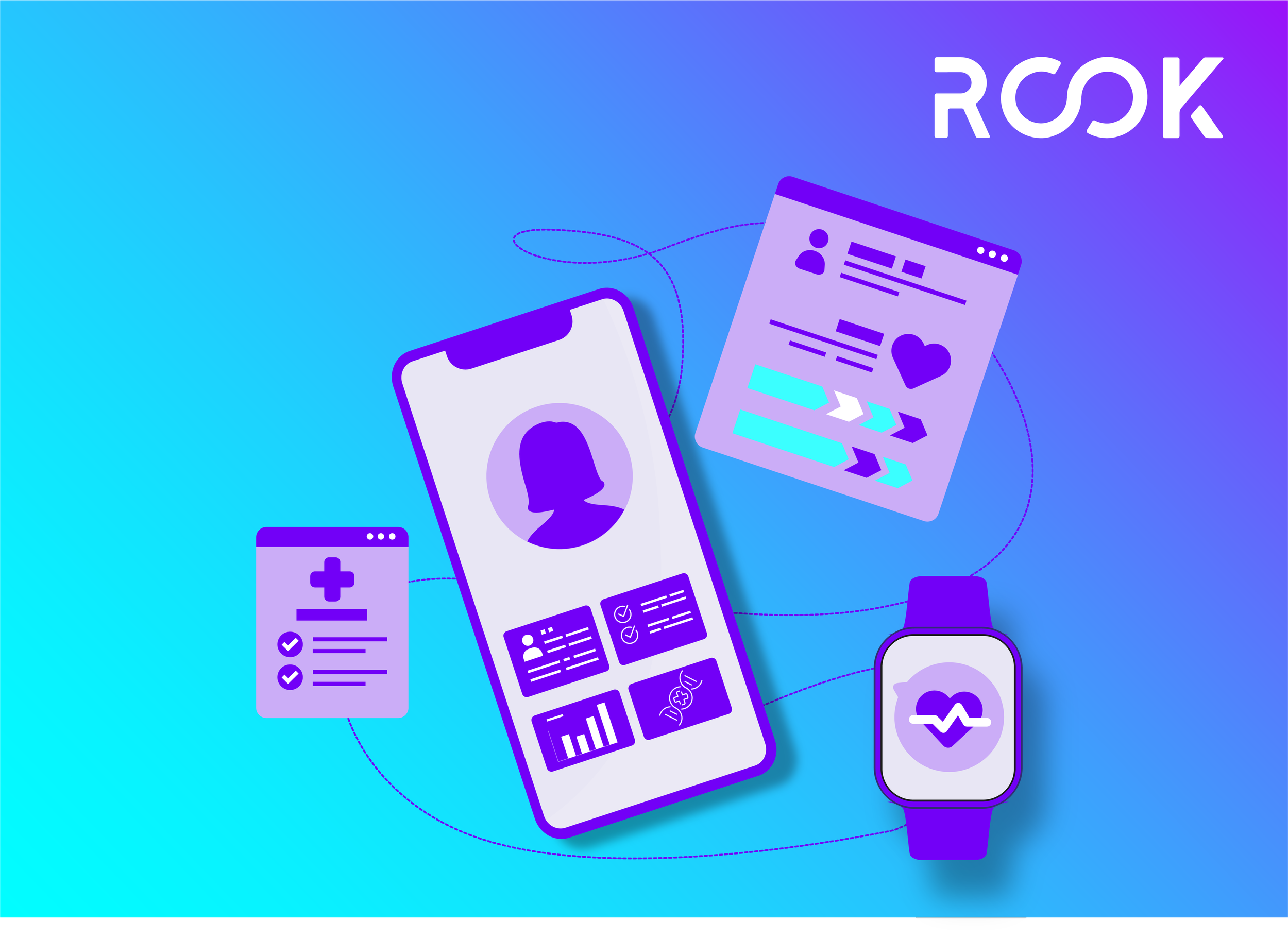Women’s Health: Wearables as a Gateway to Take Health Into Your Own Hands
In recent years, wearable technology has revolutionized how we monitor and manage our health. From tracking steps and heart rate to monitoring sleep and stress levels, wearables have empowered individuals to take a proactive approach to their wellness. For women, in particular, these devices are opening new doors to understanding and managing health in ways that were previously difficult to achieve.
Wearables and women’s health: Beyond the basics
Traditional healthcare often overlooks key aspects of women’s health, from menstrual cycles and hormonal changes to pregnancy and menopause. Wearables now allow women to track these important variables in real time, offering insights that can be shared with healthcare providers or used for personal health management.
Some key benefits include:
Cycle tracking and hormonal health: Smart wearables can track menstrual cycles, ovulation, and fertility windows, helping women understand their bodies better and make informed decisions.
Heart and metabolic health: Wearables can monitor heart rate, activity, and even blood oxygen levels, helping detect irregularities or early signs of conditions such as anemia or cardiovascular issues.
Sleep and stress management: Sleep quality and stress levels are essential indicators of overall health. Wearables provide data that helps women adjust lifestyle habits to improve rest and reduce chronic stress.
Empowerment through data
Access to personal health data enables women to take ownership of their well-being. Wearables provide not just numbers, but context. With actionable insights, women can identify patterns, make lifestyle adjustments, and engage more actively with healthcare providers.
For example, tracking symptoms alongside cycle data can help identify hormonal imbalances or conditions like PCOS. Monitoring sleep and activity levels can support better mental health and reduce burnout, particularly for women balancing work, family, and personal care.
Challenges and considerations
While wearables offer exciting opportunities, there are limitations:
Accuracy of data: Not all wearables are medically certified, and data should complement, not replace, professional medical advice.
Privacy and security: Health data is sensitive, and users must ensure their information is protected.
Inclusivity: Many devices were initially designed with a male-biased dataset. It’s crucial that wearable technology evolves to reflect diverse female health needs.
The future of women’s health and wearables
The potential of wearables goes beyond fitness. They are becoming a vital tool for early detection, personalized health management, and preventative care. As technology advances, women will increasingly have the means to understand their bodies better, advocate for their health, and make data-driven decisions that improve quality of life.
In short, wearables are more than gadgets—they are a gateway for women to take health into their own hands.




